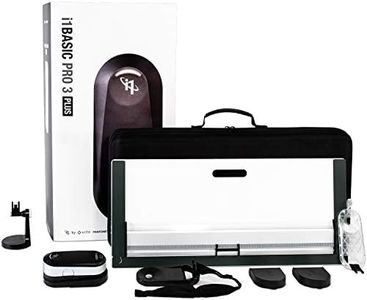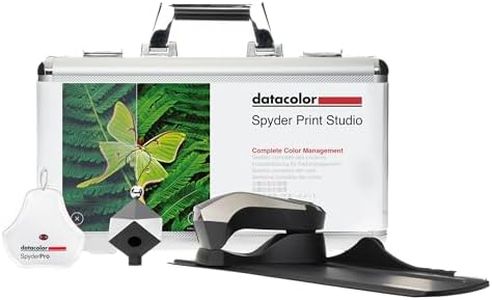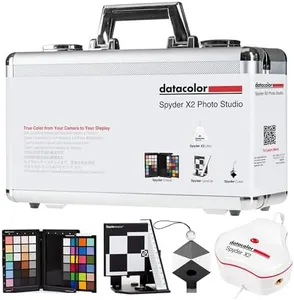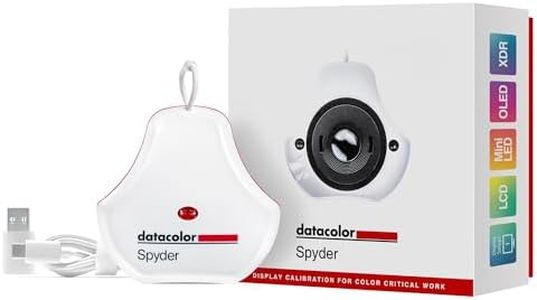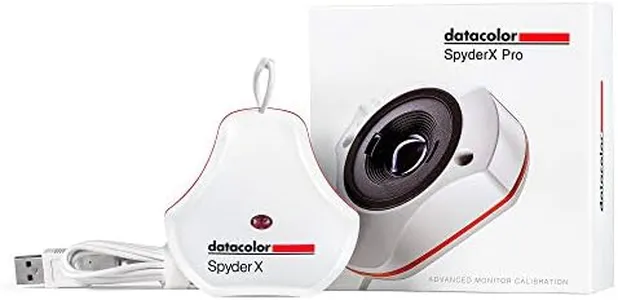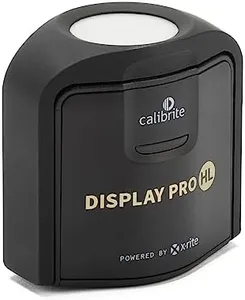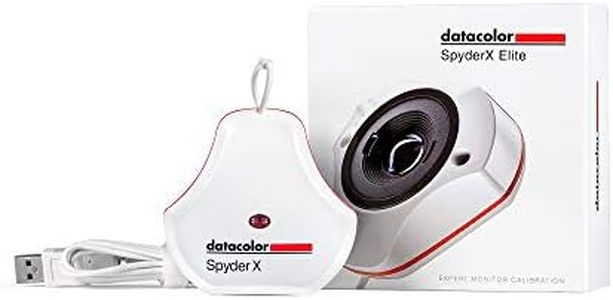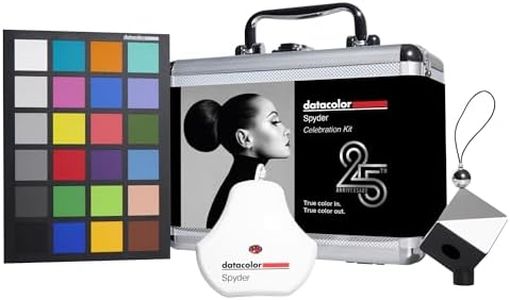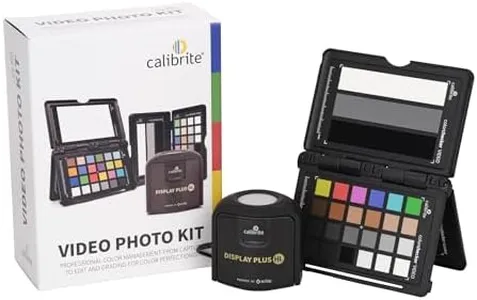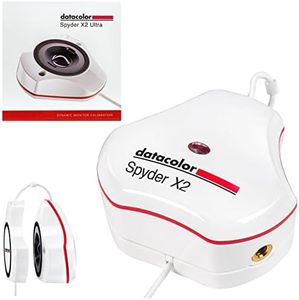We Use CookiesWe use cookies to enhance the security, performance,
functionality and for analytical and promotional activities. By continuing to browse this site you
are agreeing to our privacy policy
10 Best Monitor Calibration Tool
From leading brands and best sellers available on the web.Buying Guide for the Best Monitor Calibration Tool
Choosing a monitor calibration tool is essential for anyone who cares about color accuracy on their screen, whether for photography, design, printing, or even just enjoying movies as they were intended to look. A calibration tool helps you adjust your monitor, so colors and brightness levels are displayed correctly—making your work look more professional and true to life. When picking the right calibration tool, it’s important to consider what you'll use it for, how often you plan to calibrate, and the environments where you use your display. Understanding the main features will help you make an informed choice that fits your workflow and needs.Measurement TechnologyMeasurement technology refers to how the tool detects and analyzes colors on your monitor. Most calibration tools use either colorimeters or spectrophotometers. Colorimeters are great for general use and most LCD monitors, providing a fast and reliable reading of screen colors. Spectrophotometers, on the other hand, are more versatile and precise, able to handle displays with wider color gamuts or different types of displays such as projectors and printers. If you mainly work with standard screens, a colorimeter may be sufficient. But if you deal with specialty displays or need extra accuracy, consider a spectrophotometer.
Supported Display TypesThis spec tells you which kinds of monitors the tool can calibrate. Most tools are compatible with typical LCD and LED screens, but some can calibrate more advanced or unusual displays, like wide-gamut screens, OLED panels, or even projectors. If you only use a common desktop monitor, basic compatibility is fine. If you use multiple devices or have unique display types, look for a tool that supports all of them to ensure consistent results across your equipment.
Software FeaturesThe calibration software included with the tool determines how easy and flexible it is to adjust your monitor’s settings. Basic software offers simple, guided steps for calibration and generates profiles for standard uses. Advanced software can let you customize targets, measure ambient light, and manage profiles for multiple devices or even perform uniformity tests. If you prefer a simple process, standard software will be user-friendly. If you need more control, look for a tool with robust or professional software features to match your workflow.
Ease of UseEase of use includes how simple the device and its software are to operate. Some calibration tools are designed for beginners, with intuitive instructions and automatic processes, making setup and calibration straightforward. Others may need more technical know-how. If you want a quick, hassle-free experience, pick a user-friendly tool. If you enjoy tinkering with settings or fine-tuning your calibrations, a more advanced tool with detailed controls could suit you better.
Recalibration Reminders and Ambient Light MonitoringSome calibration tools can remind you when it's time to recalibrate, or they might monitor ambient light in your room to adjust your display profile accordingly. These features ensure your monitor stays accurate without you having to remember to do it yourself. If your lighting often changes or if you want to make sure your display stays consistent, choosing a tool with these automatic features is helpful. If you always work under the same lighting and can manage reminders yourself, these may be less important.
